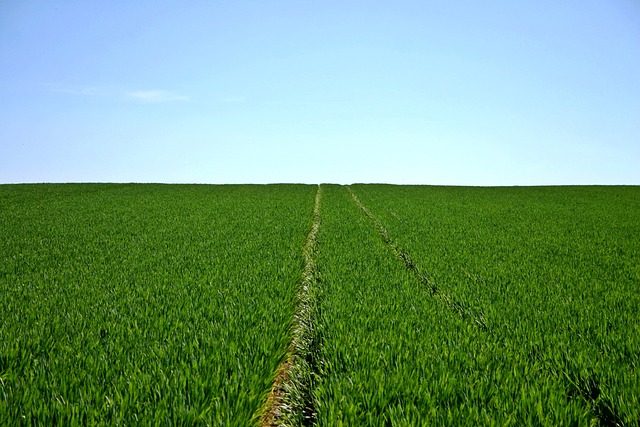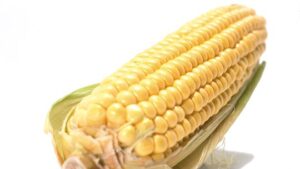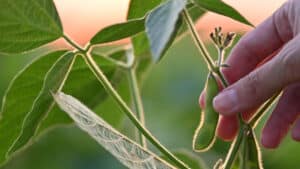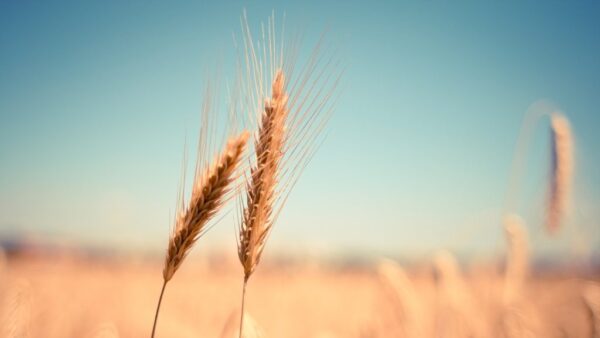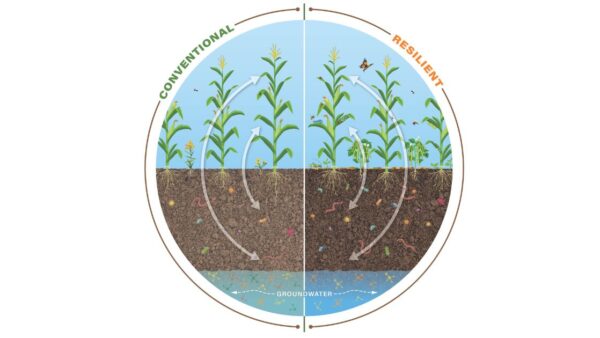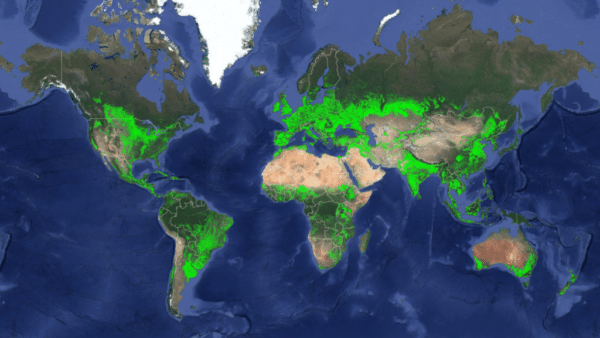With rising demand for soybean oil and fluctuating fertilizer costs, Iowa researchers are studying the viability and environmental impact of continuous soybean planting systems.
In Iowa, farmers typically rotate between planting corn and soybeans, with three out of every four acres following this pattern. It’s rare to see fields planted with soybeans year after year, a practice widely discouraged by both expert advice and practical experience.
“It’s agronomy 101,” said Iowa State University agronomy professor Sotirios Archontoulis in an ISU news release. He explained that alternating between a cereal like corn and a legume such as soybeans leads to better yields and promotes healthier soil. Repeatedly planting the same crop, on the other hand, is like “going to a restaurant and ordering steak with a side of steak,” he said.
However, market demands often influence farming decisions, and in some cases, repeated plantings may make economic sense. Outside of the U.S., such as in Argentina, soybean-on-soybean systems are more common. Meanwhile, much of the Iowa farmland that isn’t in a corn-soybean rotation is continuously planted with corn, primarily for financial reasons.
Although continuous soybean planting is currently uncommon in Iowa, Archontoulis believes interest may grow soon. Demand for soybean oil is expected to increase significantly as renewable diesel production ramps up, and soybeans have lower input costs than corn, especially when fertilizer prices spike as they did in 2021. Despite this, there’s almost no U.S. research on continuous soybeans, Archontoulis noted.
To address this gap, Archontoulis is leading a project to study continuous soybean systems, conducting field trials and model simulations to generate data for farmers considering the practice. The trials include variations like soybean-on-soybean at different row widths, continuous soybeans with a winter rye cover crop, and systems treated with manure.
“It’s not like these systems are going to take over the corn belt,” Archontoulis said. “But it’s good for farmers to have more options. Our goal is to determine if this can be profitable and what the consequences are for the environment.”
Launched in 2023, the project is funded by the Iowa Soybean Research Center, a collaboration between Iowa State University and the Iowa Soybean Association. The research is taking place at two ISU farms: one near Sutherland in northwest Iowa and another between Ames and Boone. These sites feature various methods for planting and managing continuous soybeans alongside control plots of corn-soybean and corn-corn rotations.
The research includes weekly drone flights to monitor crop stress, soil health sensors, and probes that measure water tables up to 8 feet deep. Soybean cyst nematode prevalence is also being tracked, and the data is used to model long-term results over 30 years.
During the project’s first year, the continuous soybean plots produced yields comparable to those of the rotated control plots. However, Archontoulis cautioned that prior research suggests a yield penalty is likely to develop over time. “The size of the penalty is the big question,” he said.
“Most farmers want to start the discussion by asking about yield. If it’s a 1% reduction, that’s a discussion that can continue. If it’s 25%, that’s the end of it,” Archontoulis added.
Funded for three years, the project aims to provide ISU Extension and Outreach agents with valuable information to share with farmers. Given the limited data available and the long-term nature of the questions, Archontoulis hopes the research will continue beyond the initial three-year funding period.
“We would like continuous soybeans to be a continuous research project. That’s our vision, to go for many years and set the foundation,” he said.



